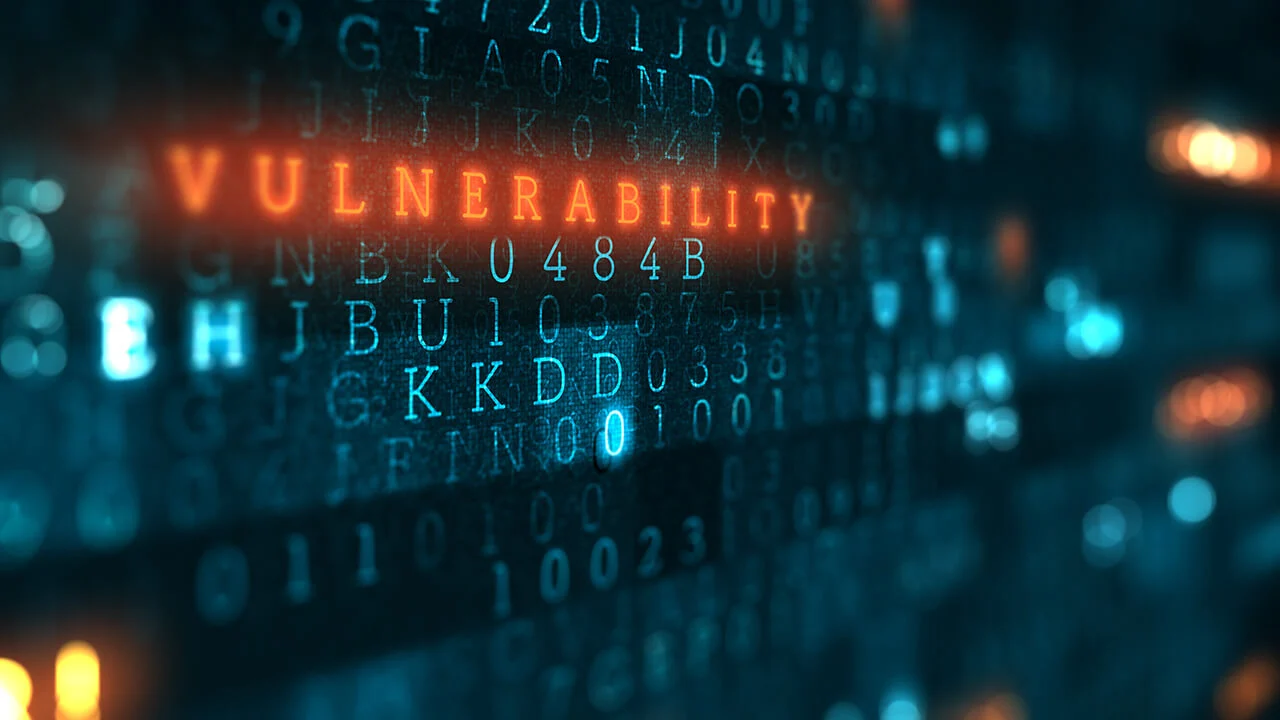IEEE 2673 Threat Modeling and Software Security Testing
The IEEE Standard on Threat Modeling (IEEE Std 2673-2019) provides a structured approach to identify, analyze, and mitigate security threats in software systems. This standard is particularly valuable for military testing where the integrity of information systems can determine the success or failure of critical missions.
Threat modeling involves understanding the assets that need protection, identifying potential threats, and assessing their impact on those assets. The process helps organizations to prioritize security investments effectively by focusing on areas most at risk from adversarial actions. In military applications, this approach ensures that software vulnerabilities are identified early in the development lifecycle, reducing the risk of exploitation by adversaries.
The IEEE 2673 standard defines a framework for threat modeling that can be adapted to various types of systems, including those used in defense and aerospace sectors. The methodology is not limited to software but extends to hardware components where they interact with software systems. This comprehensive approach ensures that all potential points of vulnerability are considered.
The process typically involves several stages:
- Asset Identification: Identifying the information assets that need protection.
- Threat Enumeration: Listing possible threats and vulnerabilities.
- Risk Analysis: Evaluating the likelihood and impact of each threat.
- Tiered Threat Modeling: Prioritizing threats based on risk levels.
- Mitigation Strategies: Developing strategies to mitigate identified risks.
The IEEE 2673 framework is particularly useful for large-scale systems where multiple stakeholders are involved. By providing a standardized method, it ensures consistency in threat analysis across different teams and organizations.
One of the key advantages of using IEEE 2673 is its flexibility. The standard allows testers to tailor their approach based on specific project requirements and constraints. This adaptability makes it suitable for both new software development projects and ongoing maintenance efforts.
The process also emphasizes collaboration between different teams within an organization, including software developers, security experts, and domain specialists. By fostering communication among these groups early in the project lifecycle, IEEE 2673 helps to ensure that all relevant perspectives are considered during threat modeling activities.
Another important aspect of IEEE 2673 is its focus on continuous improvement. The standard encourages regular reviews of security measures and updates to threat models as new information becomes available or as software evolves over time. This iterative approach ensures that the organization remains prepared against emerging threats.
In summary, IEEE 2673 provides a robust framework for conducting thorough threat modeling exercises which are crucial in ensuring secure software systems within military environments. Its structured methodology allows organizations to systematically identify and address potential risks early on, thereby enhancing overall security posture.
Industry Applications
The IEEE 2673 Threat Modeling approach is widely used across various sectors including defense, aerospace, telecommunications, and financial services. In the military domain specifically, it plays a vital role in safeguarding sensitive information systems against sophisticated attacks.
In practice, this involves identifying all potential threats to critical infrastructure such as command centers, communication networks, and weapon systems. By applying rigorous threat modeling techniques early in the development process, developers can anticipate and plan for these risks more effectively than relying solely on reactive measures after a breach has occurred.
For example, during the design phase of new military software applications, engineers would use IEEE 2673 to examine every component of the system from hardware interfaces right through to user interactions. This comprehensive review allows them to pinpoint weak points in the architecture that could be exploited by malicious actors.
The application extends beyond just initial planning stages too. Ongoing operations also benefit greatly from periodic reviews using this methodology. As technology advances and threat landscapes evolve, keeping up-to-date with best practices ensures continued protection against evolving threats.
Moreover, compliance with industry standards like IEEE 2673 can provide significant advantages in terms of regulatory requirements and customer trust. It demonstrates a commitment to high standards of security that aligns well with the needs of modern warfare where technology plays an increasingly crucial role.
Eurolab Advantages
At Eurolab, our expertise in IEEE 2673 Threat Modeling and Software Security Testing sets us apart as a premier choice for military testing services. Our team comprises highly skilled professionals who possess extensive experience in both theoretical knowledge and practical implementation of these methodologies.
We offer customized solutions tailored specifically to meet the unique challenges faced by organizations within the defense sector. Whether you're dealing with legacy systems or cutting-edge technologies, our experts can help you apply IEEE 2673 effectively across your entire portfolio.
Our state-of-the-art facilities provide the necessary infrastructure for conducting thorough assessments using this methodology. From specialized laboratories equipped with advanced tools to dedicated teams focused exclusively on security testing, we have everything needed to ensure high-quality results.
A key advantage of Eurolab is our ability to deliver timely and reliable reports that comply fully with all relevant standards including IEEE 2673 itself as well as other pertinent international guidelines such as ISO/IEC 27001. These detailed documents serve not only internal purposes but also external stakeholders like clients, regulatory bodies, and partners.
By choosing Eurolab for your IEEE 2673 Threat Modeling needs, you gain access to a wealth of resources designed specifically to support your efforts towards achieving robust cybersecurity measures within the context of military testing. Our commitment to excellence ensures that each project receives personalized attention resulting in optimal outcomes consistent with international standards.
Why Choose This Test
Choosing IEEE 2673 Threat Modeling and Software Security Testing for your military projects offers numerous benefits, making it an essential part of any comprehensive security strategy. Let's explore why this particular approach stands out:





